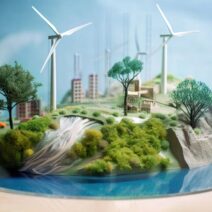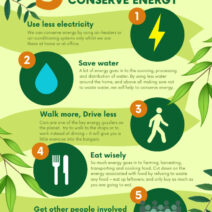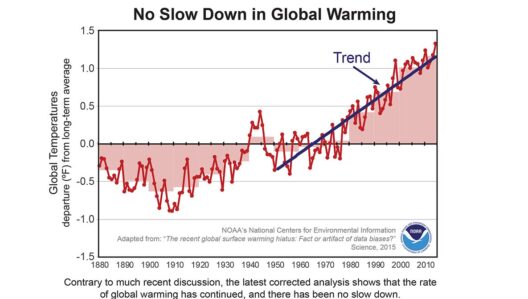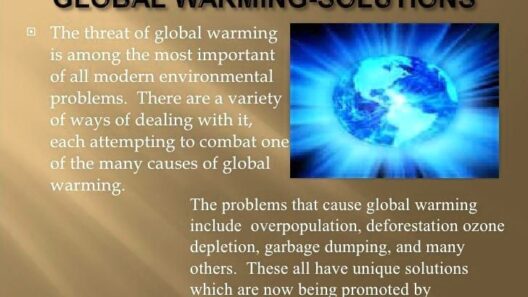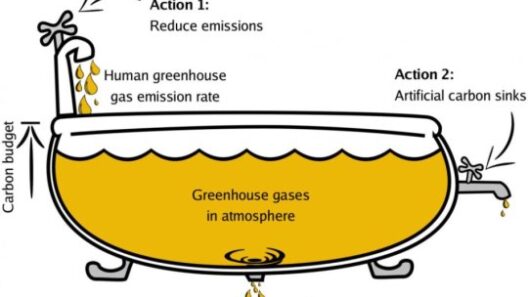The physics of our warming world unfolds like a complex tapestry, woven with delicate threads of heat transfer mechanisms, each contributing to the intricate patterns of climate change. Central to this narrative is conduction, a fundamental method of heat transfer that plays a pivotal role in understanding our planet’s rapidly changing climate. Throughout this discussion, we will explore the interplay of conduction, combustion, and climate change, elucidating their connections and unraveling the consequences of our actions.
At its core, conduction represents the direct transfer of thermal energy through materials, a silent yet powerful force that facilitates the movement of heat from one body to another. Imagine a schoolyard where children pass a ball; the energy transfers from one child to another, eventually reaching all corners of the yard. Similarly, in the physical realm, when atoms and molecules in a hot object collide with those in a cooler one, energy is imparted, quietly shifting temperature gradients.
The significance of conduction in our warming world cannot be overstated. It serves as a conduit through which heat migrates from the Earth’s surface into the atmosphere and vice versa. As the planet’s temperature rises due to anthropogenic activities, the thermal dynamics of conduction become increasingly critical. Consider how heat flows through a cozy blanket on a cold winter night: despite its insulation, the blanket conducts warmth from your body into the surrounding air, where it dissipates. In the case of the Earth, however, the blanket is both fragile and changing, responding to the aggressive human footprint.
As the globe warms, the increased temperature gradients amplify the efficiency of conduction. This phenomenon underpins the stark reality of climate change; warmer surfaces lead to enhanced conduction, which subsequently affects the atmosphere’s thermal equilibrium. When heat from the Earth’s surface is conducted into the air and absorbed by atmospheric gases, it leads to an emotional crescendo in the climate system. Gases such as carbon dioxide (CO2) and methane (CH4) act like a warm embrace, trapping heat and further elevating global temperatures. The winter blanket now feels like a furnace, stifling and limiting the Earth’s ability to cool.
Next, we shift our focus to combustion, an age-old process that mirrors this transfer of heat but in a more visceral and explosive manner. Combustion represents the fiery opposite of conduction; it is the rapid oxidation of fuel, releasing energy in the form of light and heat. Imagine the crackling of a campfire, where wood transforms into glowing embers, emitting warmth and inviting company. In our industrial era, however, combustion has taken on a more ominous role, fueling climate change through greenhouse gas emissions and air pollution.
Fossil fuels—coal, oil, and natural gas—are the primary culprits in this equation. As we combust these ancient organic materials, we release CO2 into the atmosphere, enhancing the greenhouse effect and thereby exacerbating the heat transfer dynamics discussed earlier. The energy released during combustion adds additional thermal energy to the environment, which, when coupled with conduction’s natural inclinations, perpetuates the warming cycle that we grapple with today.
To understand the implications of these intertwined forces, we must consider the feedback mechanisms that arise from this duet of conduction and combustion. Picture a wheel in motion; as it turns faster, it amplifies every nudge it receives, gaining momentum. Similarly, as temperatures rise due to increased conduction and combustion, they catalyze further changes: melting glaciers, rising sea levels, and shifting weather patterns. Each alteration in the Earth’s systems serves to further enhance the original warming, resulting in an alarming loop of escalating temperatures and consequences.
The implications of these processes are both profound and far-reaching. Extreme weather events—hurricanes, droughts, and heatwaves—are but symptoms of this larger malady afflicting our planet. The precarious balance maintained by conduction is disrupted, resulting in a domino effect that can devastate ecosystems and human societies alike. What once were once predictable seasons become a labyrinth of uncertainty, with agriculture, water availability, and biodiversity all teetering on the brink.
Moreover, the impacts extend beyond immediate climatic change to encompass socio-economic ramifications. Communities that depend heavily on stable weather patterns for agriculture, fishing, and tourism face uncertainties that threaten not only livelihoods but also cultural identities. The tales of Indigenous peoples, who have relied on the earth for millennia, paint a vivid picture of despair and resilience as they confront the changes wrought by combustion and the resultant conduction of heat throughout the planet.
As we navigate the complexities of this warming world, it becomes imperative to redirect our trajectory. Mitigating climate change requires concerted efforts to decrease reliance on fossil fuels, transitioning to cleaner and more sustainable alternatives such as solar, wind, and hydropower. By reducing combustion-related emissions, we can slow the rapid tempo of conduction occurring in our atmosphere.
In addition, enhancing energy efficiency in our homes and industries can lead to significant reductions in consumption, hence lessening the environmental impact. Insulating our homes effectively not only mitigates unnecessary heat loss through conduction but also reduces the need for energy consumption, creating a dual benefit that bolsters our fight against climate change.
In conclusion, the physics governing our warming world is decidedly intertwined with the practices of conduction and combustion. As we drill down into the essence of these processes, we recognize that the fate of our planet rests in our hands. The canvas of our climate, once vibrant and harmonious, now bears the marks of our recklessness. To change the narrative, we must embrace innovative solutions, foster a sense of stewardship, and understand that the consequences of our actions will ripple through time, altering the very fabric of the Earth itself.
